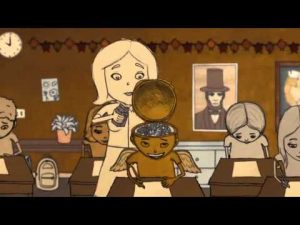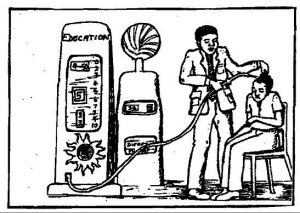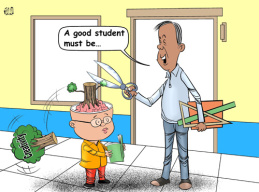Have you ever sat in a classroom lecture and were so confused by the material being presented to you, that you questioned why you had to be learning it in the first place?
Personally, I can say that I’ve been there. There’s nothing worse than feeling like the slowest person in the room and feeling like it’s your fault for not comprehending what’s being taught. It’s become an expectation that as students we need to memorize and simply accept everything being taught to us from the moment we step into a classroom. Our current methods of education don’t include a negotiation between an educator and a student as to what they will be learning or how they will be learning it. It’s naturally just assumed that the educator has created a well thought out lesson plan that will accommodate every student. As a result, our education system has slowly morphed into what is known as the “Banking model of education.”
This concept was established by Paulo Freire an educator and philosopher who believed teachers act as narrators and deposit information into students, while the students act as depositories, memorizing the information that is being given to them. He accuses this model to be creatively constricting to students by increasing their lack of critical thinking and therefore, never allowing the effect of the material to reach its full potential. As a student, I can say that I’ve been on the receiving end of the banking model. Throughout my life, I’ve had teachers teach not for the sake of having us learn, but for our performance on standardized tests. The curriculum was heavily shaped to make students appear as if they understood the material by teaching in a way that satisfied the exams. Ultimately, I performed well on most of my exams but unfortunately much of the material I “learned” was quickly forgotten.











